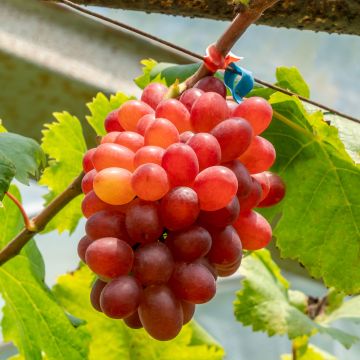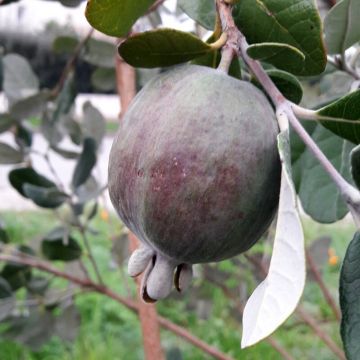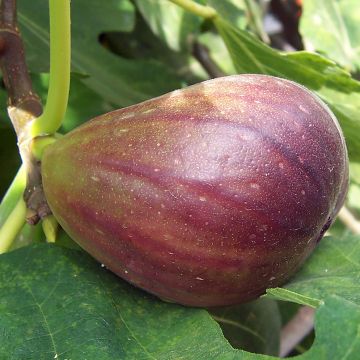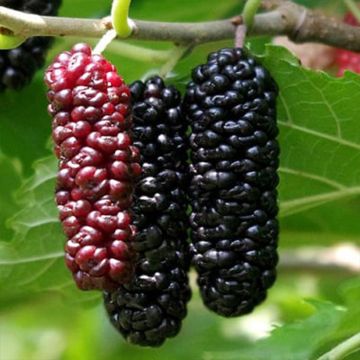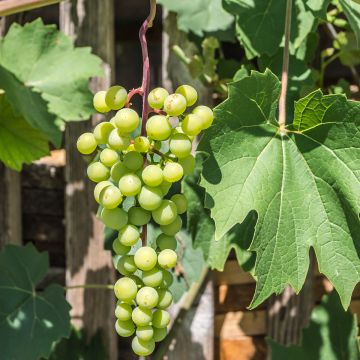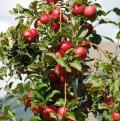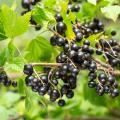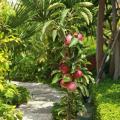Drought-resistant fruit trees
Would this plant suit my garden? Set up your Plantfit profile →
Available in 3 sizes
Available in 1 sizes
Available in 0 sizes
Available in 3 sizes

Available in 2 sizes
Available in 2 sizes
Available in 1 sizes
Available in 2 sizes
Available in 1 sizes
Available in 2 sizes

Available in 2 sizes
Available in 1 sizes
Available in 1 sizes
Available in 1 sizes
Available in 1 sizes
Available in 3 sizes
Available in 1 sizes
Available in 1 sizes
Available in 0 sizes

Available in 2 sizes
Available in 4 sizes
Available in 1 sizes
Available in 1 sizes
Available in 0 sizes
Available in 3 sizes
Available in 1 sizes
Available in 1 sizes
Available in 1 sizes
Available in 3 sizes
Available in 3 sizes
Available in 1 sizes

Available in 2 sizes
Available in 2 sizes
Available in 1 sizes
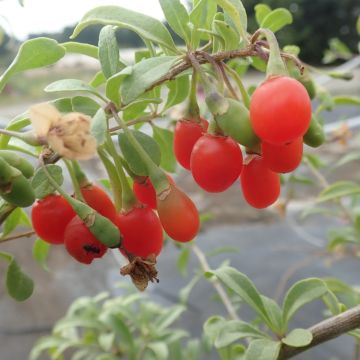
Available in 1 sizes

Available in 1 sizes
Available in 1 sizes
Available in 1 sizes
Available in 1 sizes
Available in 1 sizes
Available in 1 sizes
Available in 1 sizes
Available in 2 sizes
Available in 1 sizes
Available in 1 sizes
Available in 2 sizes
Available in 1 sizes
Available in 1 sizes

Available in 1 sizes
Here is our selection of fruit trees, small fruits, and climbing fruit plants that are rather resistant to dry conditions, adapted to well-draining soils, perfect for waterless gardens. In this category, we find certain species called mediterranean species such as the Fig tree, the Olive tree, the Almond tree, the grape Vine of course, but also the Apricot tree and the Peach tree. Far from the shores of the "Great blue" also grow excellent fruit trees, interesting for their sobriety and easy to acclimatise in many regions. Let's mention for example the walnut tree, the hazelnut tree, and even the Feijoa native to Brazil. Let's not forget many free hedge shrubs such as the cornelian cherry, the quince tree, the Goji berry, or even the sea buckthorn, which produce edible berries often interesting for their nutritional qualities. Of course, "resistant to drought" does not mean that you should never water your fruit trees, as the harvests will always be more abundant and of better quality if the plant is irrigated from time to time. Let's not forget good practices: the two or three summers following planting, it is essential to help your fruit trees establish themselves with abundant but spaced waterings, as long as the roots are not sufficiently developed. Of course, during years of extreme drought and heatwaves, the orchard still needs monitoring. If you garden in a dry and hot region, or if the soil in your garden does not retain water, it is among the following selection that you will find your happiness.
Haven't found what you were looking for?









































